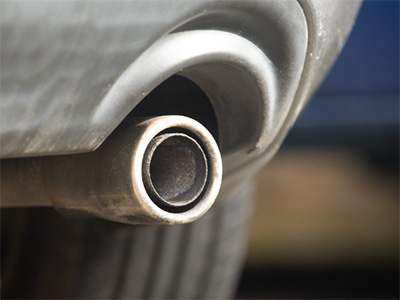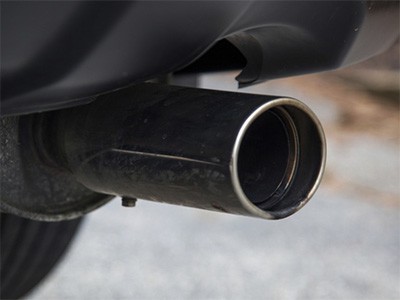For vehicle exhaust systems, the design and function of the exhaust pipe play an important role in determining performance and emissions. In this article, we will compare Diesel exhaust pipes and Gasoline exhaust pipes, highlighting their differences and implications.
Size and Diameter: Diesel engines are known for their high torque output and require larger exhaust pipes to handle the increased volume of exhaust gases. Generally speaking, the diameter of the exhaust pipe of a diesel vehicle is larger than that of a gasoline vehicle. The larger size accommodates higher exhaust gas flow for better performance and lower back pressure on the engine.
Material Composition: Exhaust pipes for diesel and gasoline vehicles are usually made of stainless or aluminized steel, ensuring durability and corrosion resistance. However, due to the high operating temperature and potentially corrosive nature of diesel exhaust, diesel exhaust pipes typically have thicker walls and extra heat insulation to withstand harsh conditions.

Emission Control Systems: Modern gasoline vehicles are equipped with advanced emission control systems such as catalytic converters and oxygen sensors that help reduce harmful pollutants in the exhaust. Therefore, gasoline vehicle exhaust pipes often contain these components, resulting in a more complex design. On the other hand, diesel vehicles traditionally emit higher levels of nitrogen oxides and particulate matter. While newer diesel vehicles may also have emissions control systems, they tend to be less sophisticated than gasoline vehicles.
Noise Reduction: Diesel engines are generally noisier than petrol engines due to the high-compression ignition process. Therefore, diesel vehicle exhaust pipes usually include additional noise-reduction devices, such as mufflers and resonators. These components help to weaken the sound produced by the engine, resulting in a quieter driving experience. Gasoline exhausts feature similar noise-reduction measures, though perhaps not as noticeably as diesel.
Aesthetic considerations: When it comes to aesthetics, exhaust pipes for diesel and gasoline vehicles can be different. Gasoline cars often prioritize a sleek and sporty look, with exhaust pipes integrated into the rear bumper or with sleek tips. In contrast, diesel tailpipes tend to have a more practical design, located below the vehicle, with a focus on function rather than visual appeal.
In summary, diesel vehicle exhaust pipes differ from gasoline vehicle exhaust pipes in terms of size, material composition, emission control system, noise reduction and aesthetics. Diesel exhaust pipes are usually larger, can withstand higher temperatures, and focus on reducing noise levels. Gasoline vehicle exhausts often incorporate emission control components, and aesthetics are often a priority. While both types of exhaust pipes have the same basic purpose of expelling exhaust gases, their design is tailored to the specific characteristics of diesel and gasoline engines.












